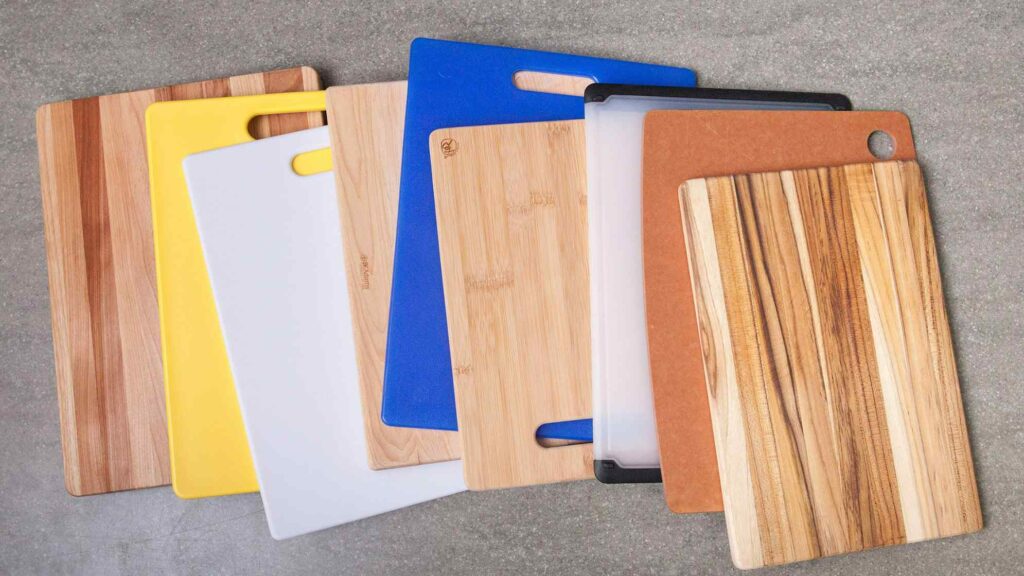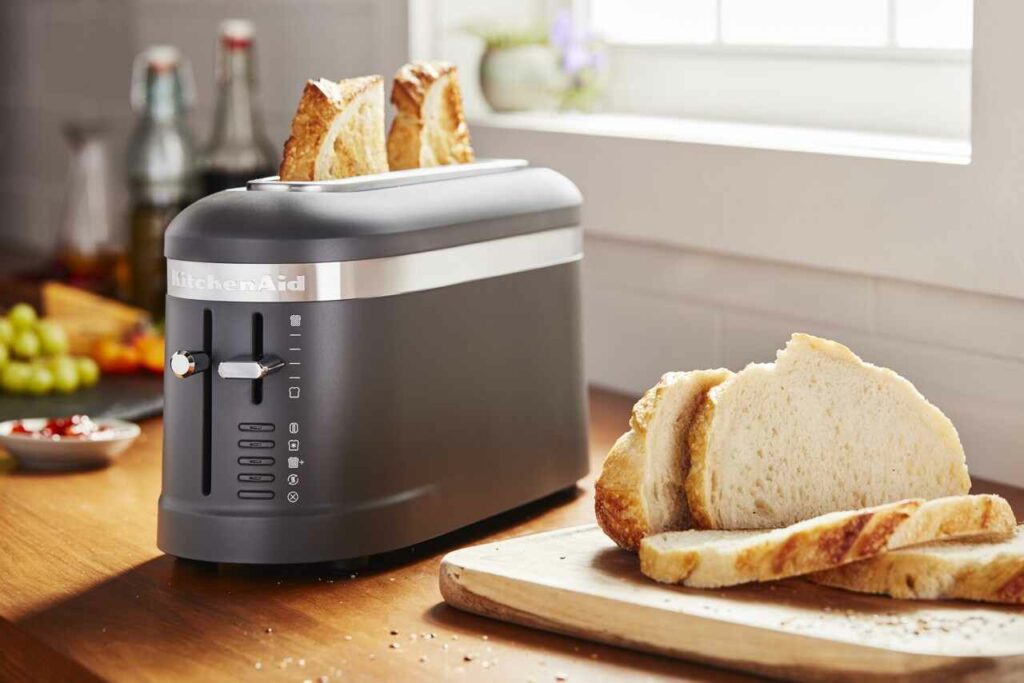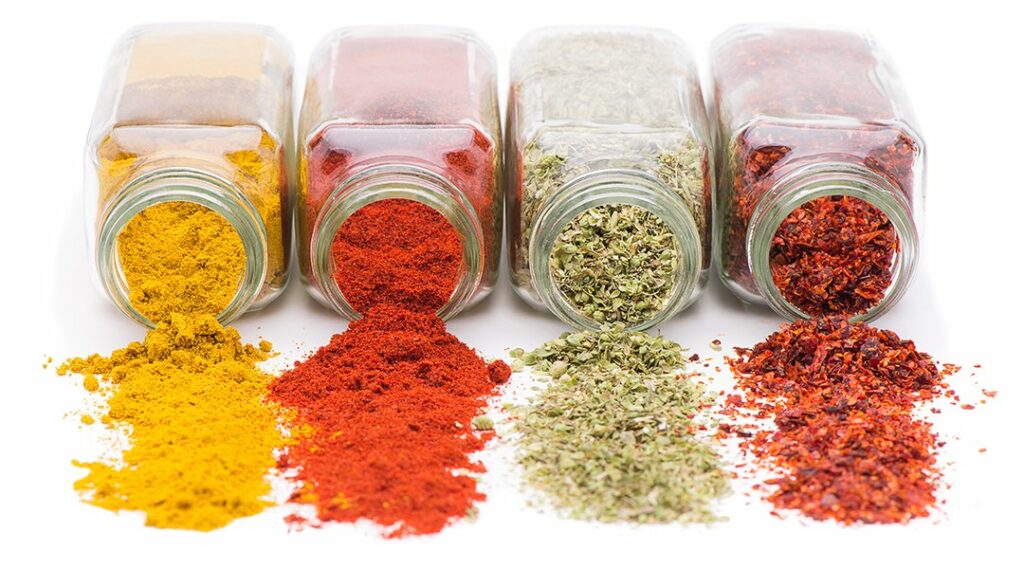
We all want the things in our kitchen to last as long as possible – we want to get our money’s worth out of things, and no one wants to be constantly shopping and and keeping track of what needs to be replaced. Most of the time if an item is still functional, we wouldn’t think of replacing it. However, there are many items around our homes, and in our kitchens especially, that may still work correctly, but have outlived their lifespan in terms of safety and cleanliness.
When you think about replacing items in your kitchen, what comes to mind first? You might immediately think of linens such as kitchen towels, or perhaps cleaning tools like a kitchen sponge. You are on the right track, as those items do need to be cleaned frequently and replaced often. But, there are other items that you may not be thinking about, and keeping them past their prime could be bad for your health. Here are some of our recommendations for what items in your kitchen may already need to be replaced, and how long you can expect them to last.
When Should You Replace Your Cutting Boards?
How often you should replace your cutting board mostly depends on the material it is made of. Plastic cutting boards need to be replaced much more frequently than their wood counterparts. Plastic shows scratches and cut marks very easily, and those indentions are a breeding ground for bacteria, resisting cleaning and increasing your chances of catching a foodborne illness. Plan to replace plastic cutting boards about once per year.

Wood cutting boards are much more resistant to these marks, and therefore do not need to be replaced nearly as often. You can expect a wooden cutting board to last from 5 to 10 years, especially if you care for them properly. Season a wooden cutting board with mineral oil before use, and disinfect each time with a solution that is 3% hydrogen peroxide, allowing the mixture to fizz as it kills any germs.
When Should You Toss Out Plastic Food Storage Containers?
One of the best transitions you can make in your kitchen is to toss aside all of your plastic storage containers and switch to storing food items in glass containers instead. Take a look at your plastic containers – if you see a #3 or #7 as the recycling code, the plastic likely contains BPA and PVC. The contents of such plastics are likely even more unhealthy if they are over 10 years old. Toss any that are that old, even if they appear to be in good shape. No matter their age, you should avoid reheating food in plastic, and toss any containers that appear cloudy, stained or scratched. You can always reuse such containers for non-food items, such as organizing craft supplies, keeping track of screws and nails in the garage, or containing small office supplies such as paper clips and stamps.
When Should You Replace Reusable Water Bottles?
Many of us are drinking more and more water for health reasons, but we still want to be mindful of tossing too much plastic into the trash or even recycle bins. Reusable water bottles are a great way to help limit wastefulness, but they still have problems, especially the plastic variety. Toss any plastic water bottles as soon as they begin to show signs of wear, or if they have been kept in excessive heat for a long period of time. Otherwise they may begin to release harmful chemicals when used.
If you want a longer lasting alternative to plastic, look for reusable water bottles that are made from stainless steel or glass. They can be used indefinitely, until they begin showing signs of wear, which will take much, much longer than with their plastic cousins. Avoid aluminum bottles though – researchers are still undecided as to whether use of aluminum bottles can lead to dementia.
When Do Dishwashers Need to be Replaced?

You only need to replace your dishwasher if it stops working completely right? With most appliances, that is the case, but think about what you use your dishwasher for. You are relying on it to sanitize your dishes and cookware, and if bacteria and germs are not fully washed away, you could end up sick. Most dishwashers last anywhere from 8 to 10 years, and you should plan to shop for a new one as soon as you begin seeing signs of performance degradation. If you notice that your dishes are no longer steaming hot at the end of a cycle, it’s likely time to replace your machine. Luckily newer models are more energy efficient and use much less water than models released only a few years ago.
How Long do Kitchen Sponges Last?
You’ve likely heard that microwaving your sponges or running them through the dishwasher will kill bacteria. While this is true, it doesn’t do a complete job of killing the germs that can make you sick. We aren’t going to tell you not to clean your kitchen sponges, but we also don’t want cleaning them in this way to give you a false sense that they are safe to use for long periods of time. The life span of the average kitchen sponge is two weeks – keep them for longer and you are putting your family at risk for foodborne illnesses.
How Frequently Should You Wash Dish Towels?
If you are a frequent at-home chef, you really need to be switching your kitchen linens out daily with a fresh set. Whether you are drying dishes or your hands, mopping up spills or using them as pot holders, dish towels absorb a lot of bacteria over the course of cooking and cleaning. Keep enough of them on hand in your kitchen that you can easily grab another when the one you are using becomes soiled. Take all your kitchen linens to the laundry room at the end of the day and start with a fresh set the next morning. In general, your entire set should be replaced annually.
Replace Your Refrigerator Filter Regularly
We’ve all done it – we’ve either ignored the little light telling us it is time to replace the filter in our refrigerator, or even more sneaky, we’ve taken the old one out and popped it back in to “trick” the refrigerator into registering that the filter has been changed. The filter cleaning your ice and drinking water was not designed for long term use however, and you are exposing yourself and your family to dangerous chemicals and heavy metals by not replacing your filter when needed. These filters need to be replaced every six months, or as indicated by your refrigerator if you own a model that measures usage rather than time.
When is it Time for a New Toaster?

Do you clean the crumbs out of your toaster after each use? You probably should. Toasters can be surprisingly dangerous, accounting for a large number of kitchen fires due to crumbs and food particles that are left over after use. When food becomes wedged inside it can be difficult to completely empty out the appliance. Do your best to shake any loose crumbs out after you’ve made your bagel or toast, and plan to replace the unit completely every 6-8 years.
How Long do Spices Last?
How often do you take a look at your spice rack, other than when you are in the middle of following a detailed recipe? Most of us don’t take stock of our spices unless we are preparing to cook a specific dish. However, just because you still have a spice on hand does not mean it is ideal to continue using it. Spices begin to lose their potency about 6 months after they have been opened. Quickly jot the date opened on the bottom of a spice container in sharpie and you’ll always know when the spice needs to be replaced.

Can you get sick from consuming spices that are too old? Luckily no, you will not feel ill from eating dishes cooked with old spices, but you also will not be able to taste them. So does this mean you should toss all of your spices into the trash when they hit the 6 month mark? Not necessarily. Many common spices have other possible uses after their efficacy in cooking has expired. Sage, oregano, and pepper can be used to repel insects, while cinnamon, turmeric, nutmeg, and paprika can be mixed with water for a fun painting activity for kids.
Cabinet Shelf Liners Need to Be Replaced Regularly
You probably never think about shelf liners again after you carefully place them for the first time, but these too need to be replaced after a while. Food crumbs, moisture and even tiny insects can cause your cabinets to be dirtier than you might think. Change liners every two years to keep bacteria at bay. To make this process easier, opt for sheet liners that are designed to cling flat to the shelf without using adhesives, and can then be easily removed for regular cleaning.
How Long Does Nonstick Cookware Last?
Your nonstick pots and pans are not to be compared to your grandmother’s cast iron skillets that have been lovingly passed down through the years. Nonstick cookware has an average life expectancy of around 5 years before the nonstick coating starts to pit and peel. When this occurs, toss it immediately. When the coating comes off, it can mix with your food, releasing unhealthy chemicals. If you want the coating to last longer, avoid cooking sprays and opt for an oil mister instead, filling it with the oil of your choice. Sprays contain additives that can damage the coating over time. Also, it’s best to avoid putting nonstick pans in the dishwasher, even if the packaging claims they are dishwasher safe.

